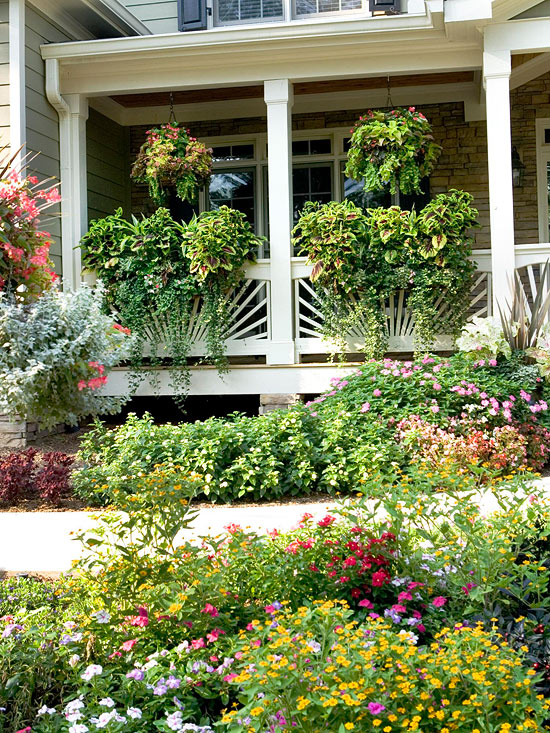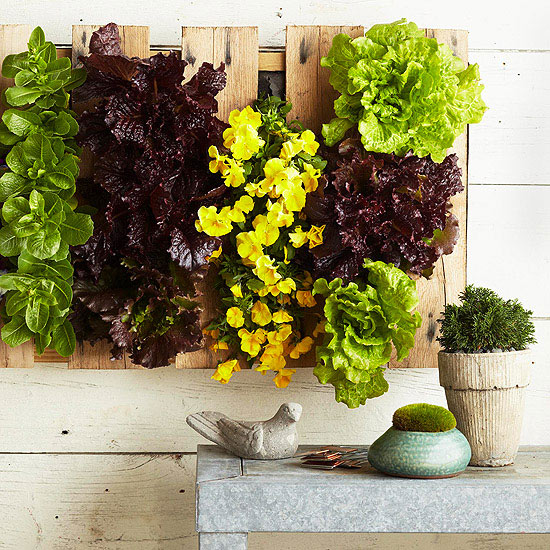






Claude Monet is perhaps best known for his stunning images of water lilies. That's why many a gardener might be surprised to learn that the Impressionist painter was a master at creating the vertical garden, too. He filled metal trellises along paths for climbing roses, clematis, and wisteria, creating a 360-degree field of vision, as well as lacelike curtains, filled with flowers and colors.
Monet achieved fame and notoriety for his vertical gardens, but many people have practiced it already, albeit on a much smaller scale. Like Monet, those gardeners nurtured plants that strive to climb. And in the past few years, there's been a surge of interest in vertical gardens, with succulents, flowers, and vegetables all grown in slivers of horizontal space.
continue reading below
In a nutshell, creating a vertical garden means growing up rather than out. "Growing up in a column of flowers, fruits, vegetables, or foliage means higher yields in less space," says garden writer and garden photographer Derek Fell, who wrote Vertical Gardening and The Magic of Monet's Garden.
See more flower garden ideas for your landscape.
The advantage of vertical gardening is that it provides a way to grow ornamentals and vegetables even if you have no yard whatsoever. By utilizing vertical space instead of horizontal ground space, you unlock room to grow plants that you might not even have considered. It's prefect for small patios and balconies.
There are several approaches to using vertical space. Plants that drape down -- petunias, Swedish ivy, lantana -- in hanging baskets are actually a low-tech version of vertical gardens that nonetheless offer curtainlike effect on porches and other spaces. Or, you can train climbing plants upward. "For vines like climbing nasturtiums, sweet peas, and climbing spinach, the plants will climb unaided, by twining up a pole or simple trellis or garden netting," he says.
See 21 easy ways to beautify your yard.
Wall displays, on the other hand, come in various forms, but all use some sort of frame, pocket, or box that it mounts to, or the display hangs from a wall or fence and contains the soil needed to grow plants. It's important to consider the surface that a wall unit will mount to. Wall displays can be moist, so the surface must not be highly susceptible to water damage. Also, wall-mounted planters can be heavy, so the wall or fence should be sturdy and provide a solid structure to attach to.
Small plants, such as lettuce and other greens and succulents, are ideal for wall-mounted planters because they stay small and don't require lots of soil. They also come in lots of colors and textures, so you can use them to create interesting living tapestries.
Copyright © www.100flowers.win Botanic Garden All Rights Reserved